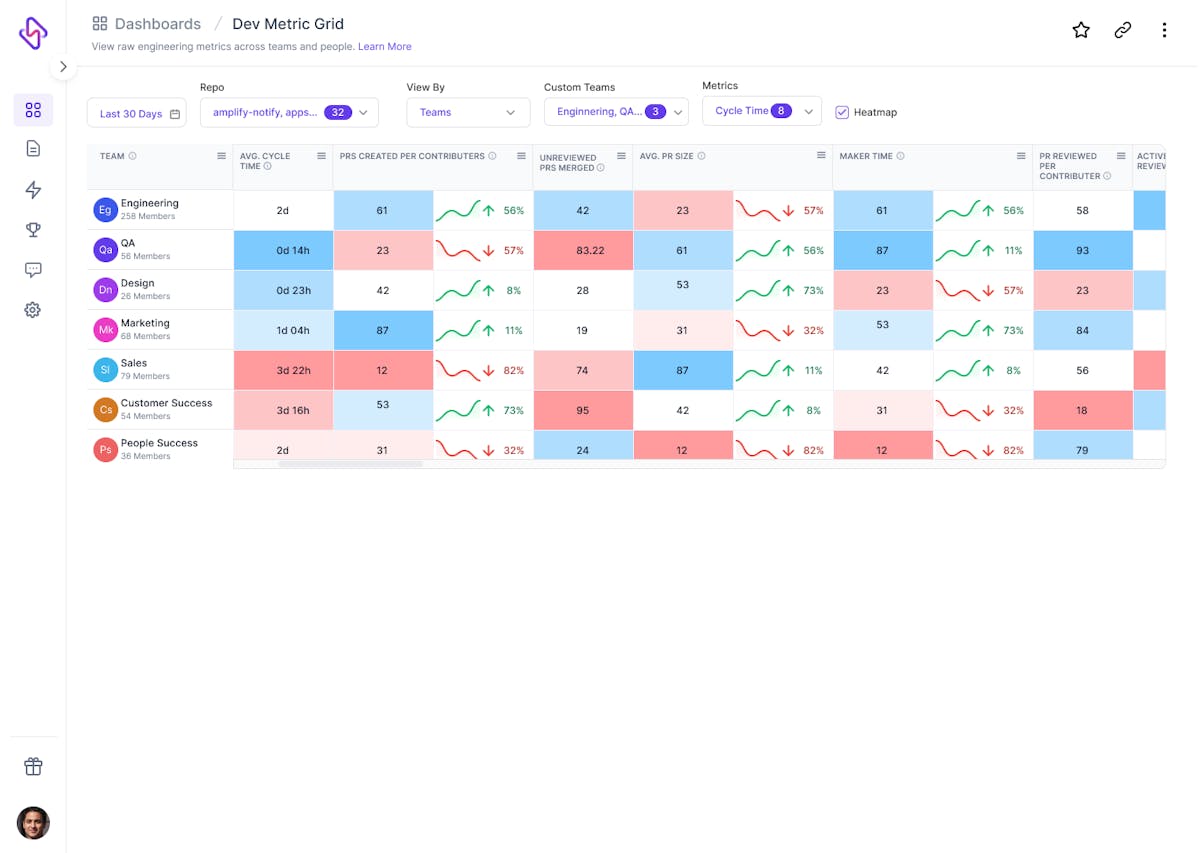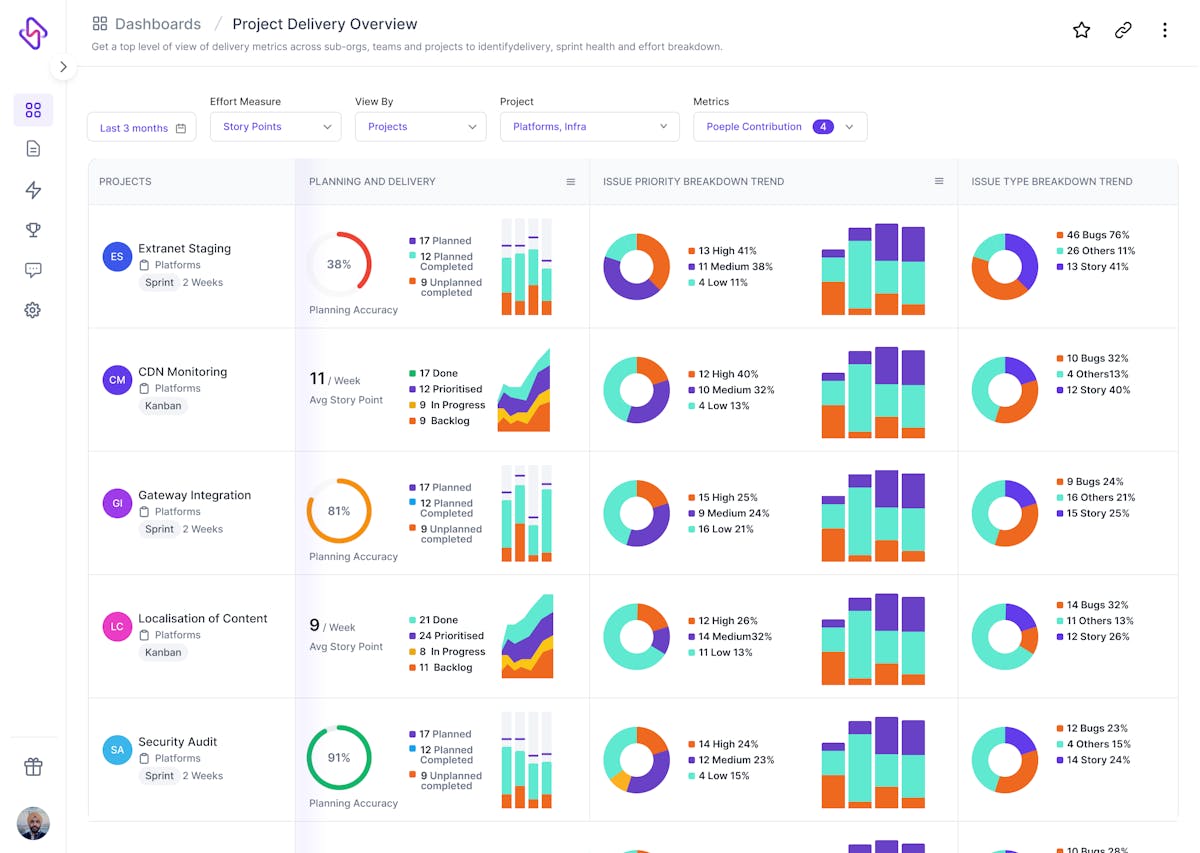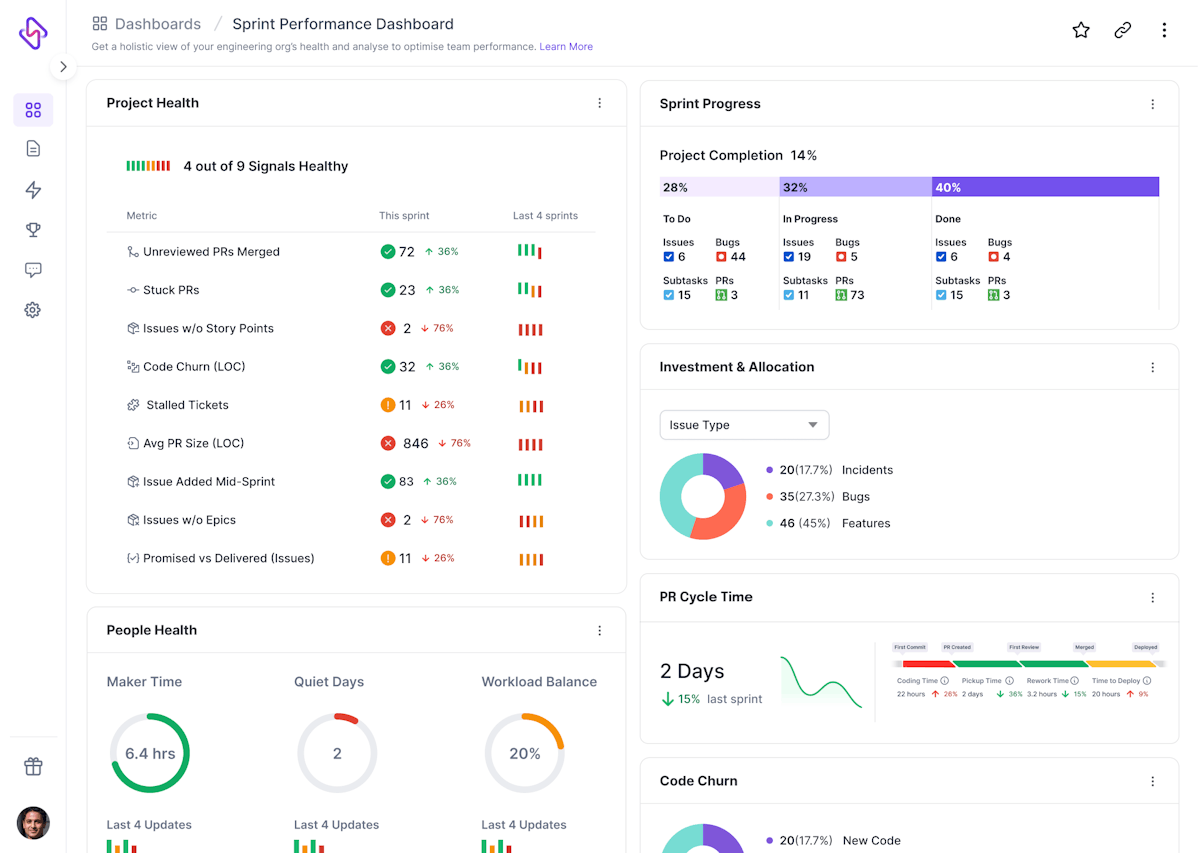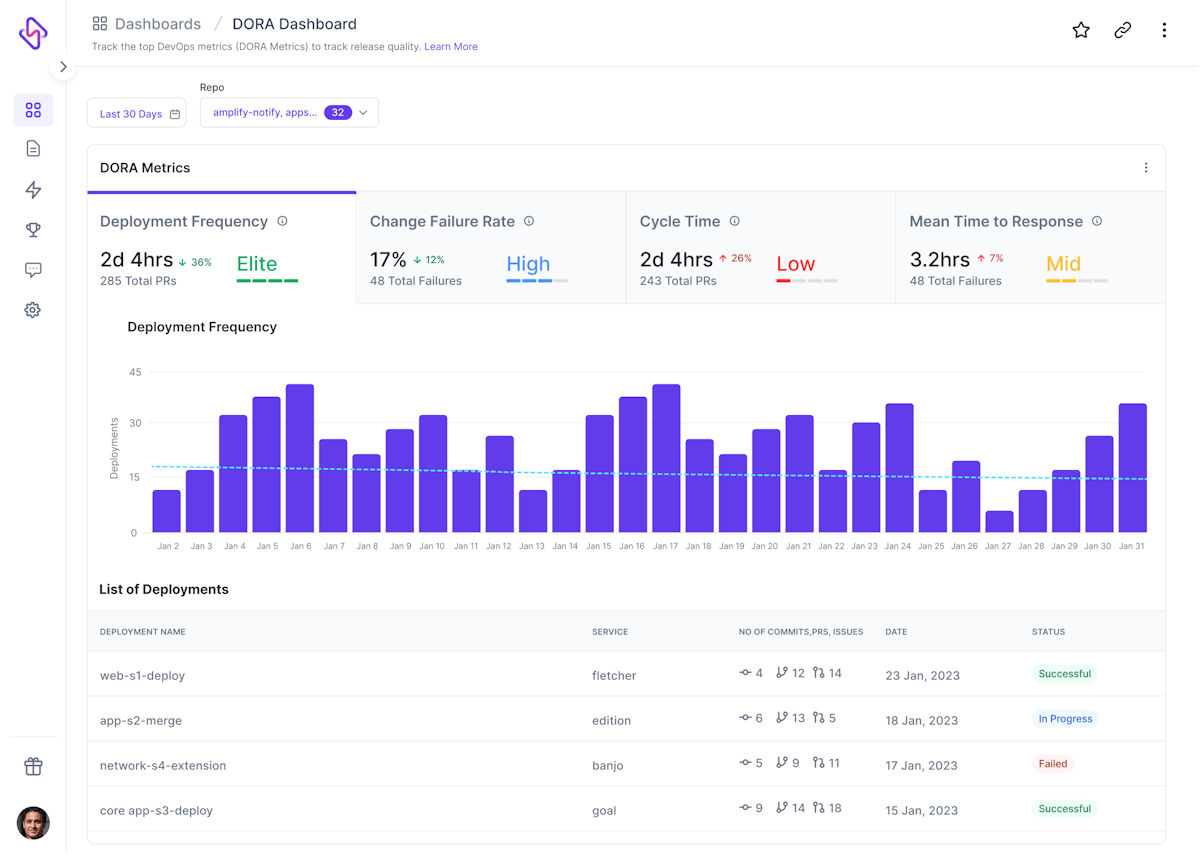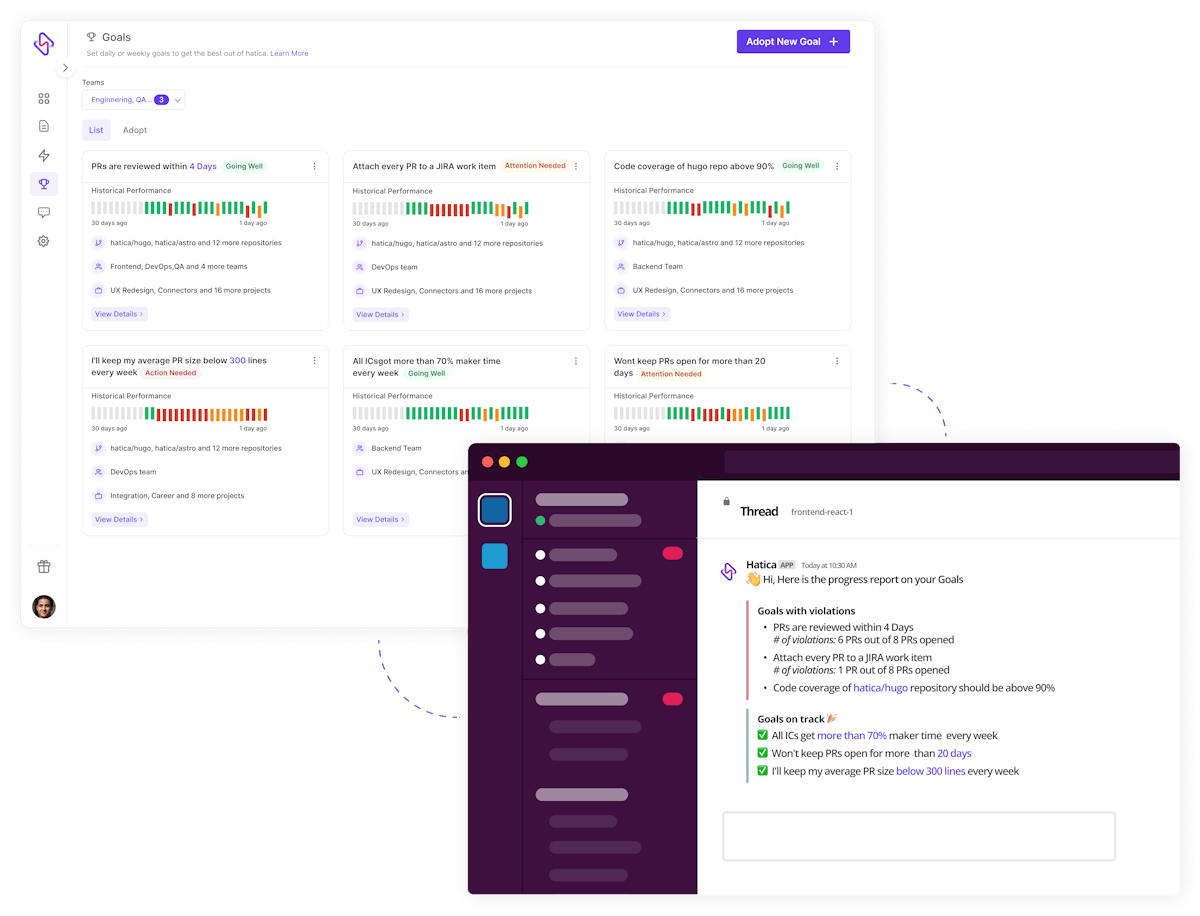An engineering manager is a bridge between the two opposite ends of engineering organizations: people, and project management. Right from creating team consensus to hiring new talent, resolving alignment challenges, and building, and executing roadmaps with the product team; an EM juggles multiple hats in a day. A great engineering manager is expected to be a born hustler!
Engineering Managers Have Hard Jobs, Period.
Over the years, the tech industry has had multiple instances of 'devs vs managers', with even Google's Larry Page a party to the scuffle. In 2002, Page decided to introduce a flat, manager-free hierarchy in Google after much skepticism. The experiment, as predicted, failed and realized the intrinsic need for managers, even for a lean team like Google back then.
Even Page owes Google's success to EMs in a way that they enable project prioritization, facilitate team collaboration, craft communication strategy, and even break down a dev's walls in expanding professionally. Despite all their contribution to streamlining team efforts and realizing organizational goals, it is usually the managers that bear the brunt of team unworkability, inefficient workflows, and communication barriers between product, business, and engineering.
In the last few years, most managers have been villainized for bossware, and micromanagement. While it might have been true in individual capacities, most managers struggle to keep their teams intact, visualize each IC's work, and resolve developer's imposter syndrome for their own code; fighting such a war at all fronts might sometimes appear as "micromanagement," making devs resist managers- their biggest support system in an organization.
All these blockers have the same root: lack of visibility for EMs into their dev's work. And that's where Hatica becomes the #1 tool arsenal for engineering managers.
4 Reasons Why Engineering Managers Love Hatica
Now that we are pretty clear on how challenging an EM's day job can be, let's see how Hatica helps engineering managers to be people's leaders with time:
1. Get Visibility Into Your Team's Workflow
We already talked enough about what harm poor visibility does to engineering. Factual visibility allows EMs to know the 'why,' and 'how' of their engineers, and the SDLC process followed. Low visibility can often snowball into:
- A broken SDLC, deployment delays, and
- Less effective coding time for developers
- Unsustainable work distribution
- Disturbed well-being of teammates
- An omnipresent communication debt
The list goes never-ending, so much so that it is apt to say- nothing harms an EM-IC relationship more than lack of visibility. So what's next? How do EMs gain team visibility without disturbing a team's flow state or going back and forth in taking stock of a dev's workday? The answer lies in data analytics.
Hatica was built on the idea of making an EM's life easier. With 130+ metrics and 13 dashboards, Hatica helps managers gain granular visibility with real-time data. Now, managers don't have to push ICs for status updates, but rather get all engineering reports in one place.
Hatica’s dev metric grid does the heavy lifting in collating all engineering data in a centralized ecosystem, and using it for data-driven 1:1s, taking stock of team’s work, and developer productivity.



